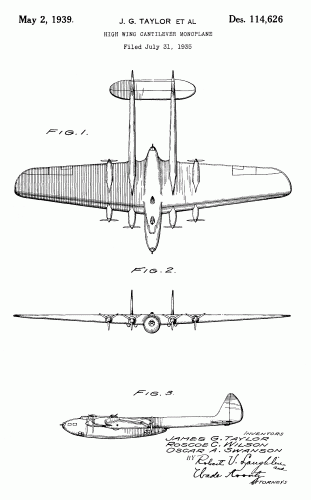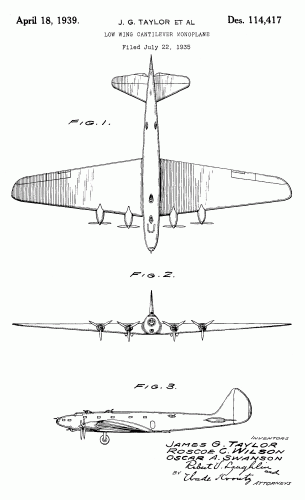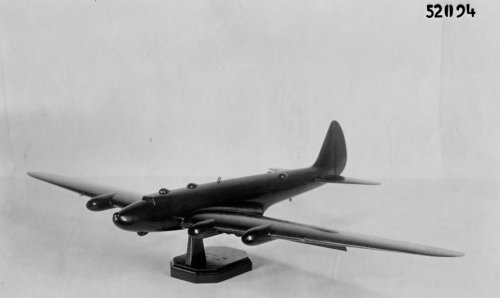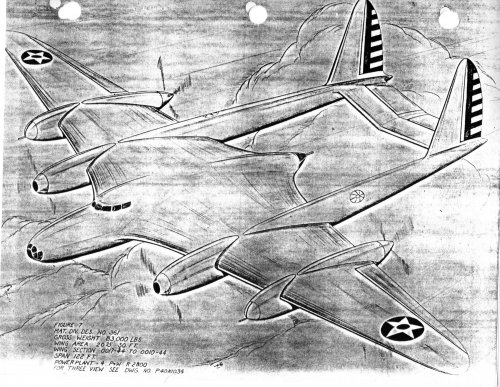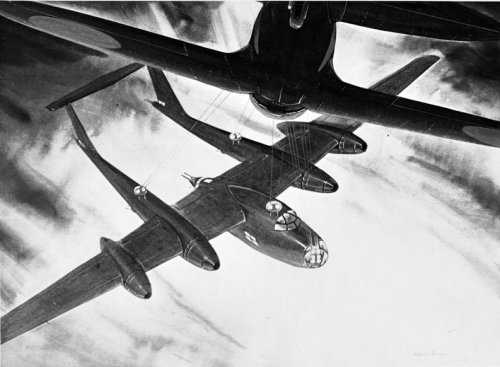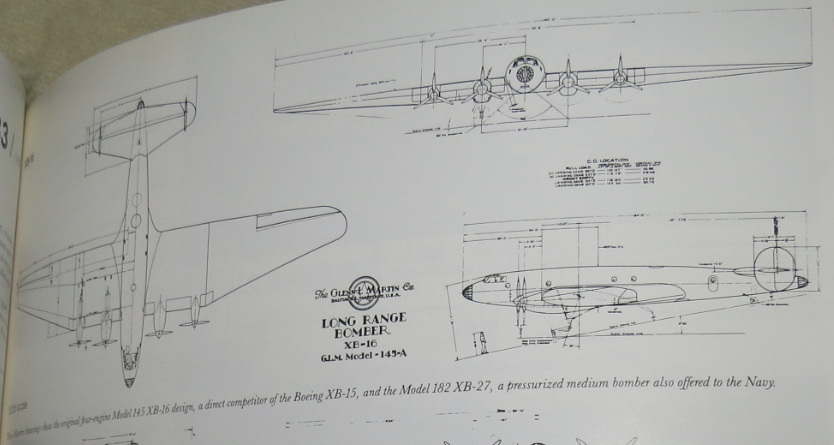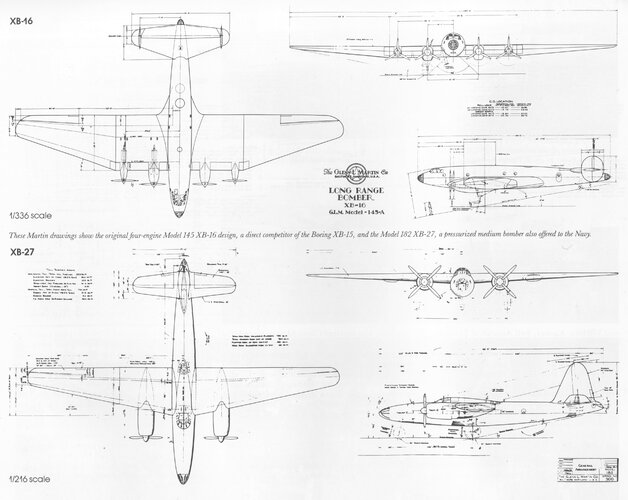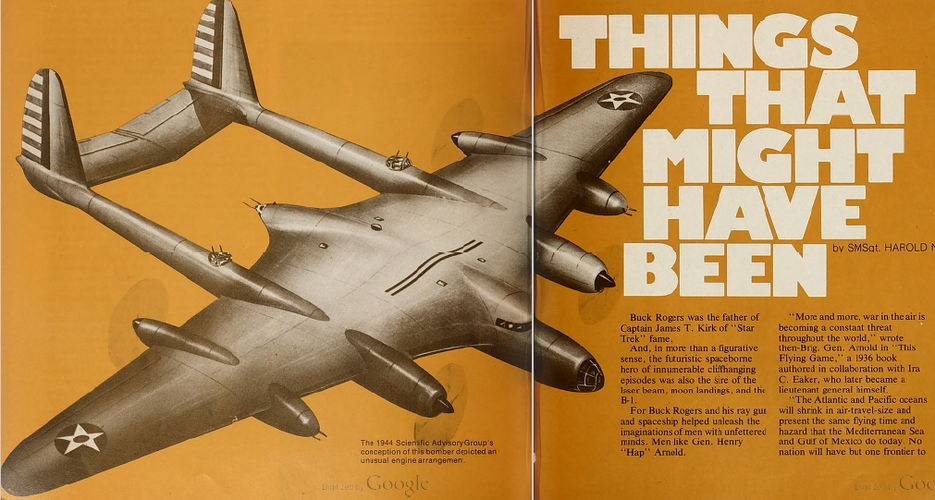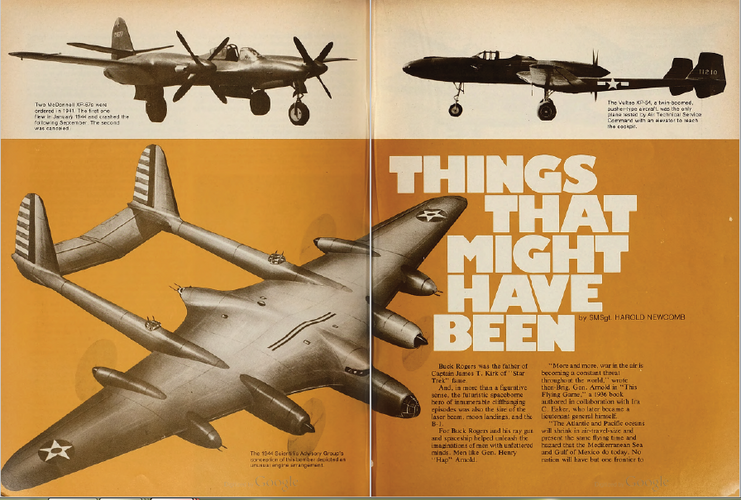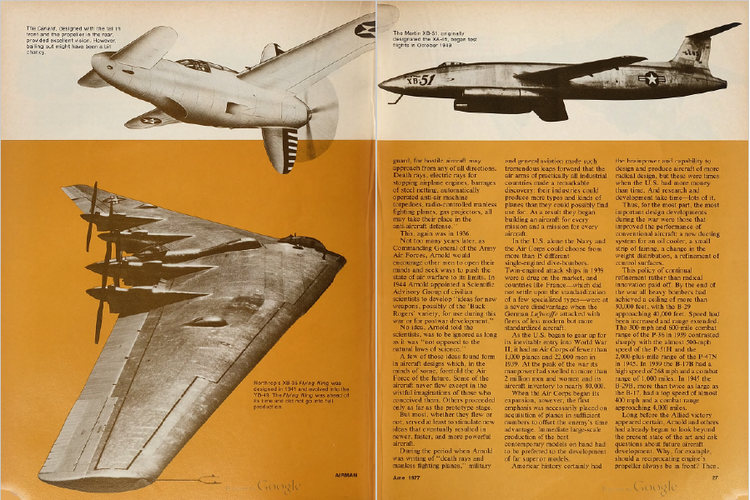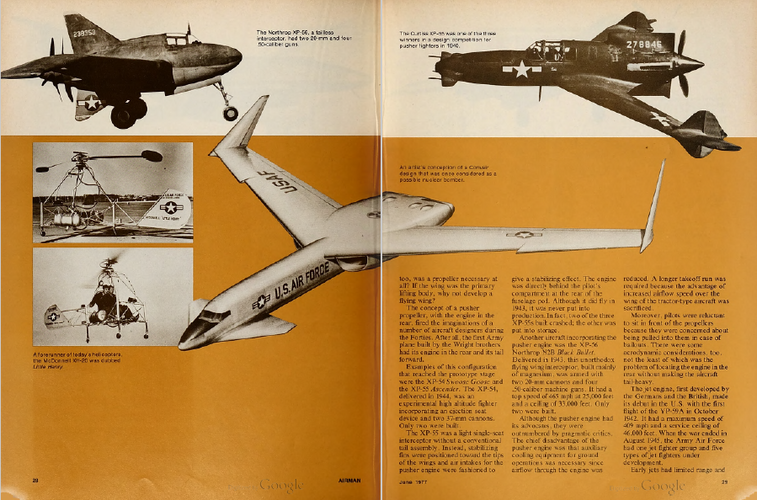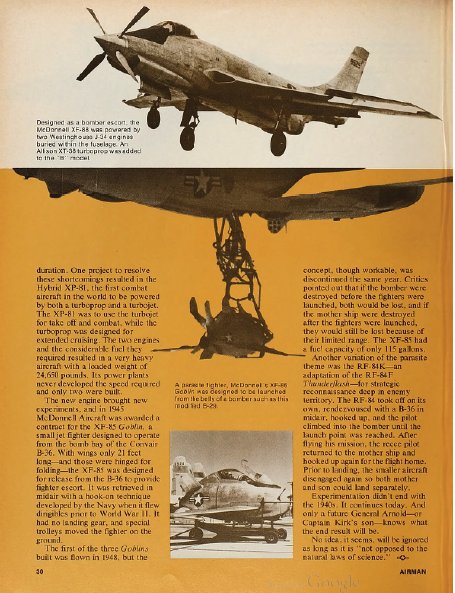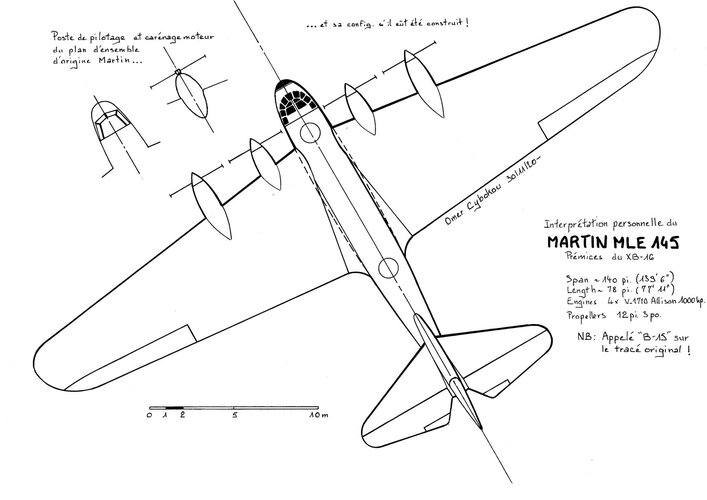Alan, folks... I believe the story behind the XB-16 is taking a new, exciting turn!
First of all, I've located the original patent for the twin-boom XB-16. It was filed on July 31, 1935 under the name
DESIGN FOR A HIGH WING CANTILEVER MONOPLANE (Serial No. 57,883) by James G. Taylor, Roscoe C. Wilson and Oscar A. Swanson. The design got patented much later, on May 2, 1939 (Des. 114,626).
The interesting thing is that the three engineers did NOT apply on behalf of the Glenn L. Martin Co. at all, but
"as assignors to Government of United States of America."
In other words, the aircraft that we routinely describe as the second "Martin XB-16" was designed by three freelance engineers on a contract with the U.S. Government, and submitted a whole year after the very first Martin 145-1 design and seven months after the "Model 145A" XB-16 design.
Now the twist in the story is that the very same team of Taylor, Wilson and Swanson filed another design a few days earlier, on July 22nd, under the name
DESIGN FOR A LOW WING CANTILEVER MONOPLANE (Serial 57,770), which was eventually patented on April 18, 1839 (Des. 114,417). Why do I mention this patent? Because the aircraft they submitted, also as "assignors of the U.S. Government," was that of the Boeing B-17, no less!!! The tail fin may look slightly different, but we can find the characteristic fin design of the early Fortresses on another Taylor-Wilson-Swanson of the same period...
Which all leads to new questioning:
[list type=decimal]
[*]If the "Taylor XB-16" was not done for Martin, not only is it wrong to make it a second "Martin XB-16", but it also has absolutely no reason to have been designated the Model 145B by Martin!
[*]If the "Taylor XB-16" and Boeing "YB-17" were designed by the same guys at exactly the same time and on behalf of the same customer (the U.S. Government), and since it is such a different configuration, could it be that the second "XB-16" was simply a re-allocation of the designation to a new design drafted to the same Circular Proposal CP35-356 as the B-17, B-18 and Martin 146?
[*]If the B-17 was not thought up by Boeing's inhouse designers, it was therefore simply a U.S. Army Air Corps template that Boeing had to work from (kind of crushes the myth of Boeing as visionary in bomber design, doesn't it?!?).
[*]Even if the new "XB-16" was a completely new Army design, they would have needed a contractor to build it, and Martin could still have received the order from them to work on that design...
[/list]Of course I'm open to any criticism, comments and suggestions on what I think is a major piece of our XB-16 puzzle...

